

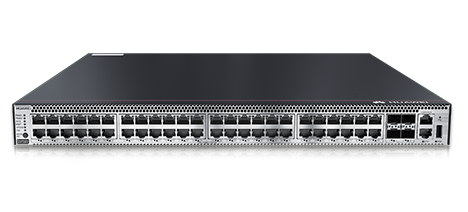

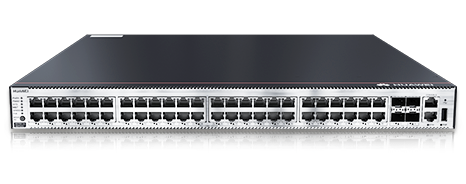
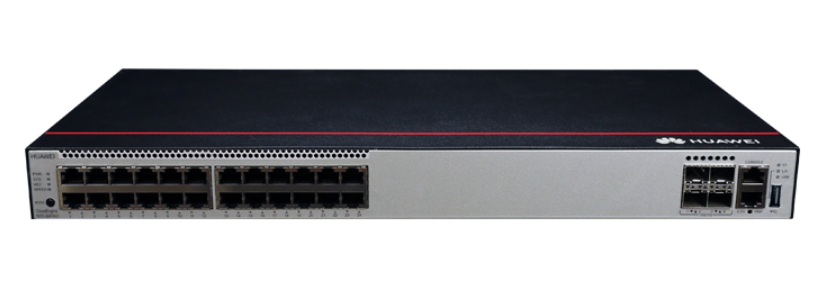
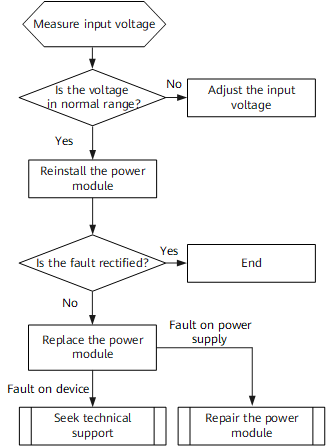

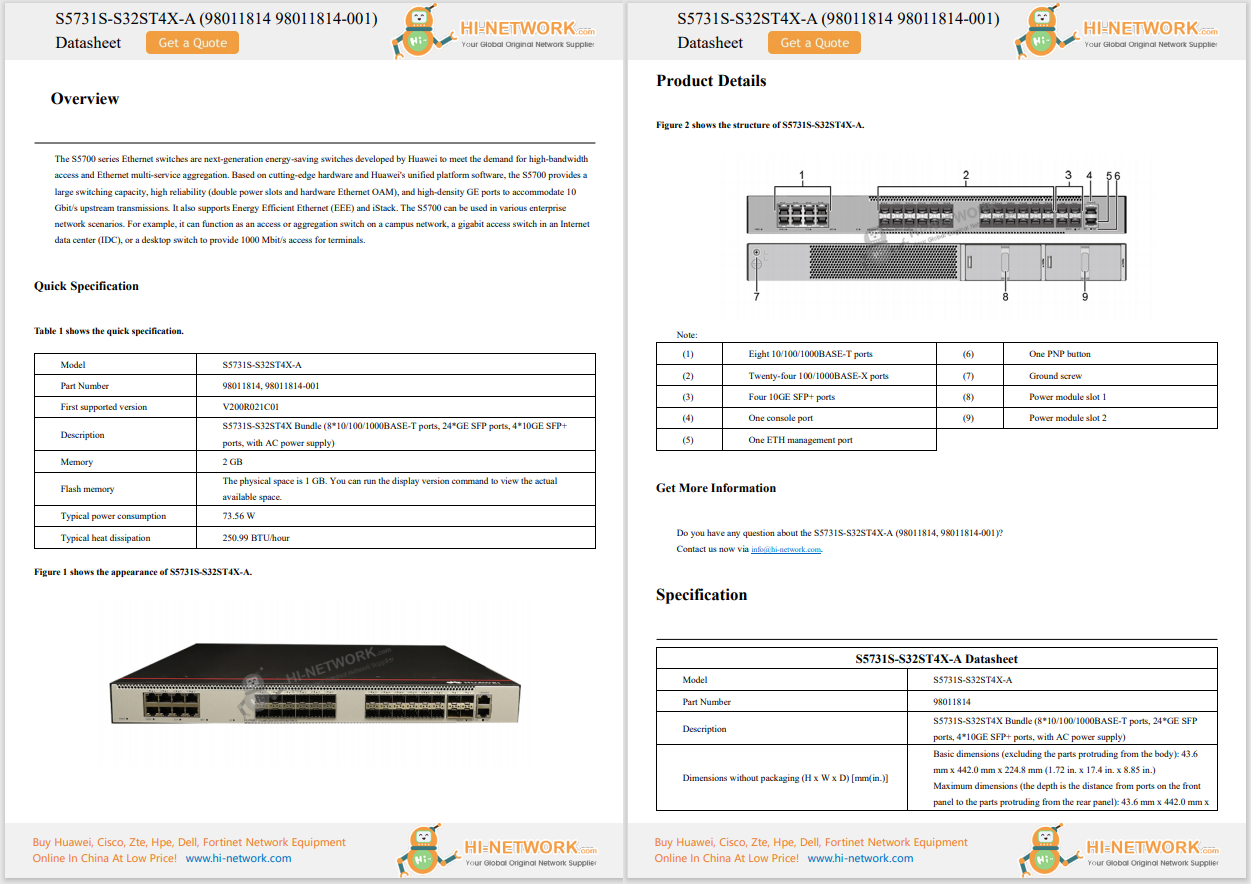





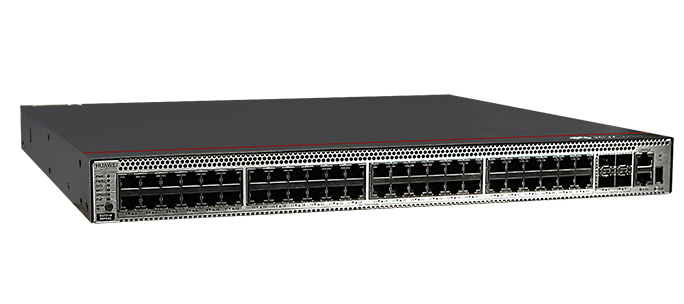




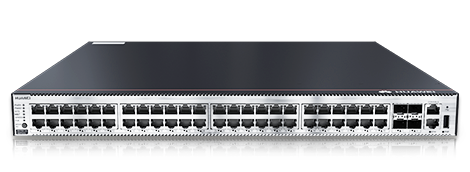
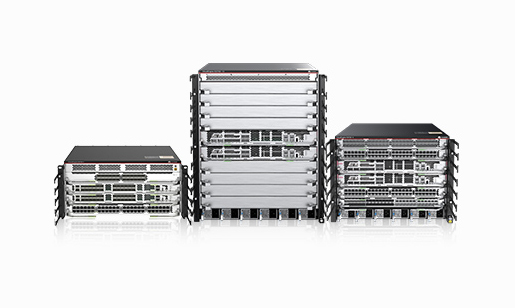
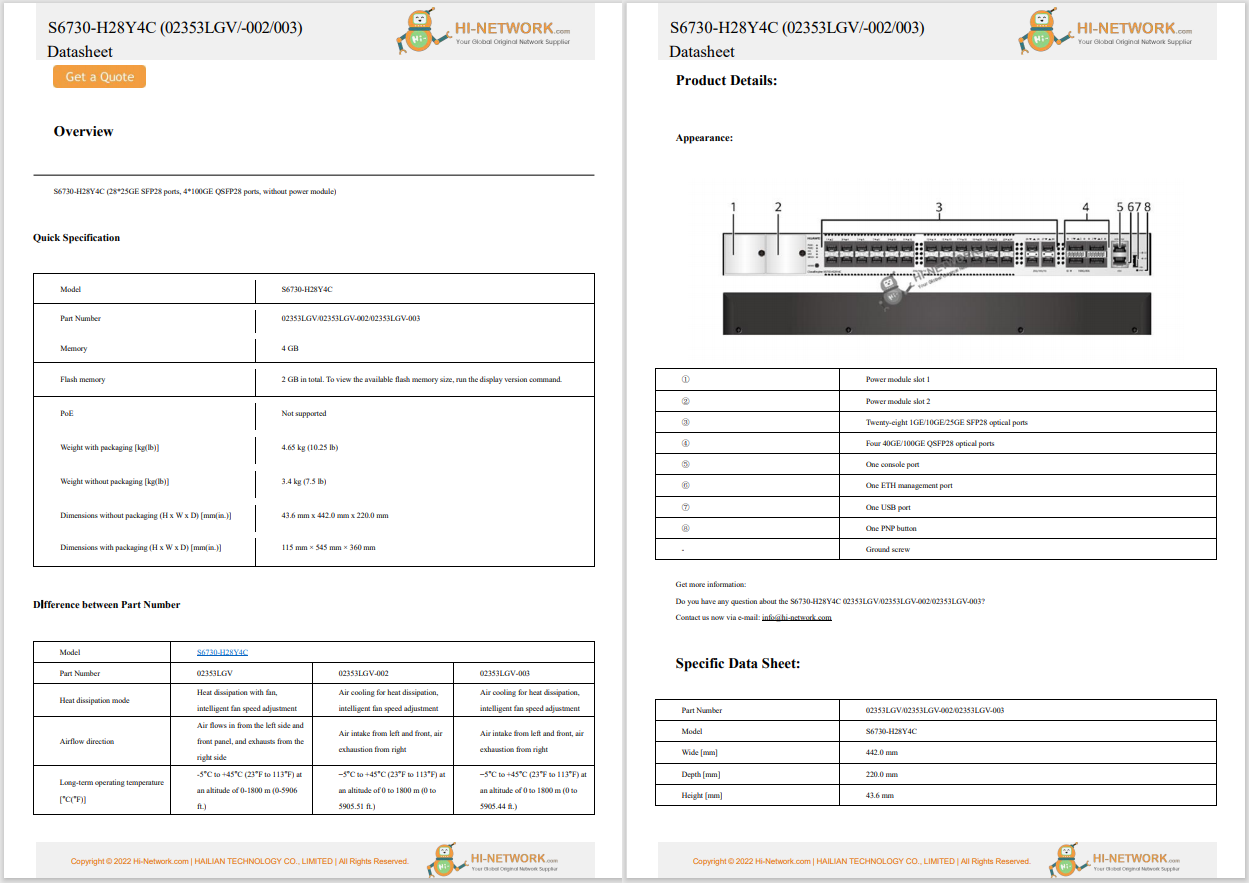

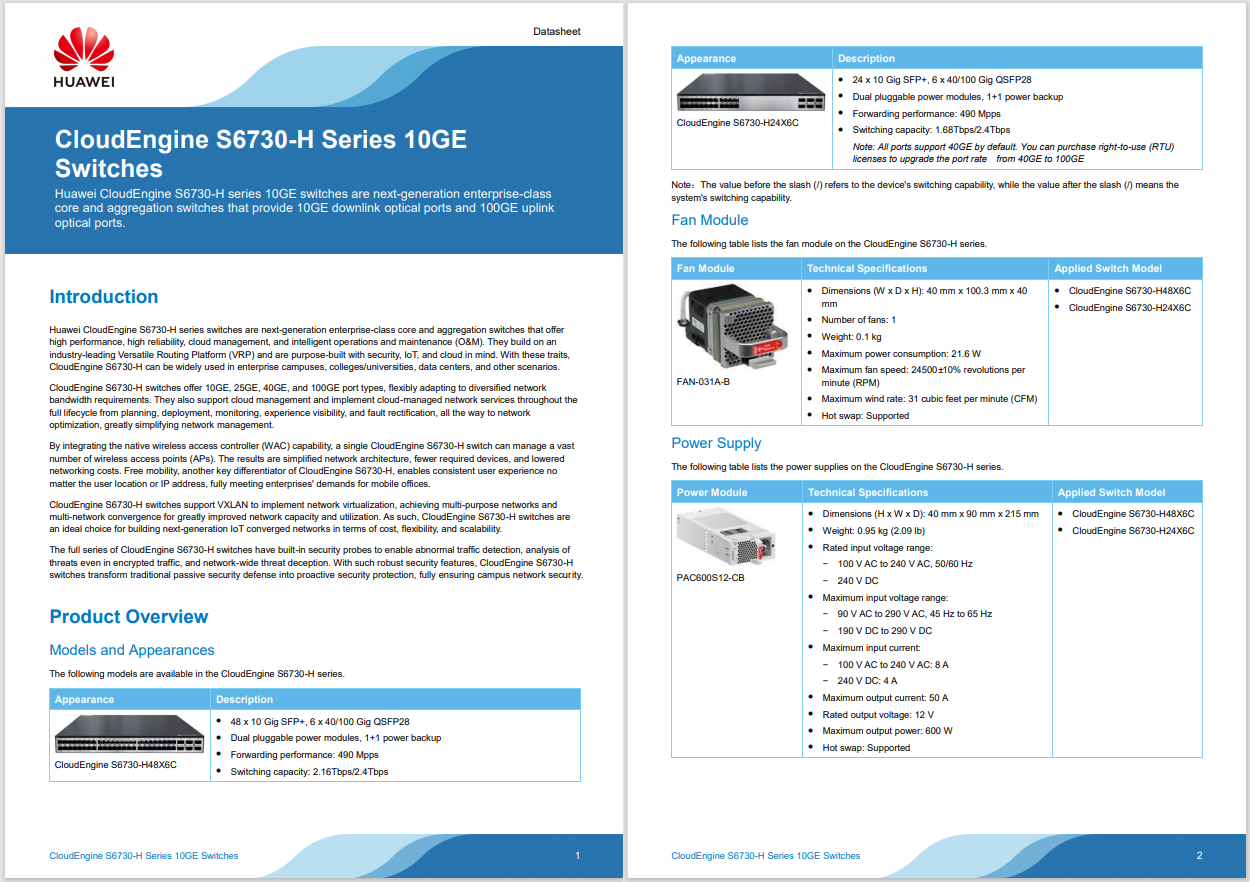



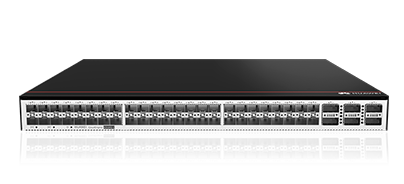
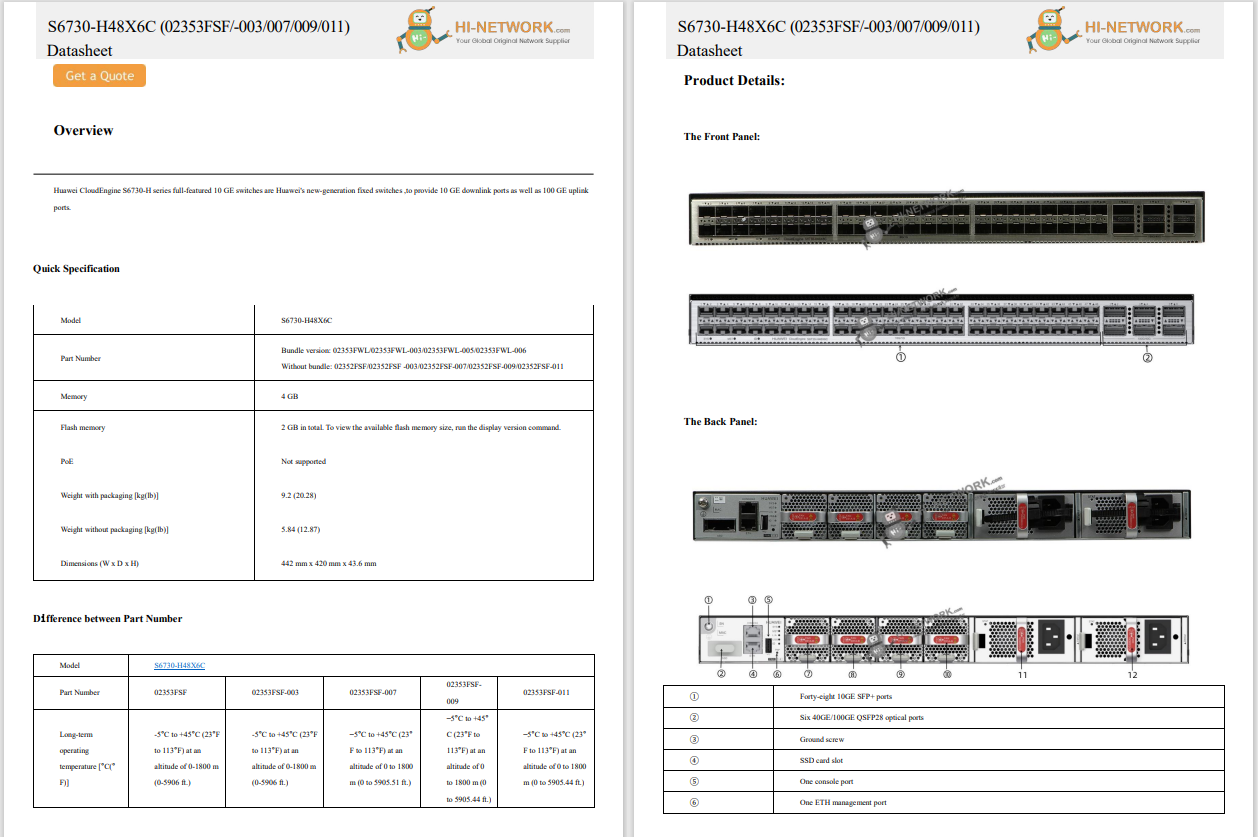
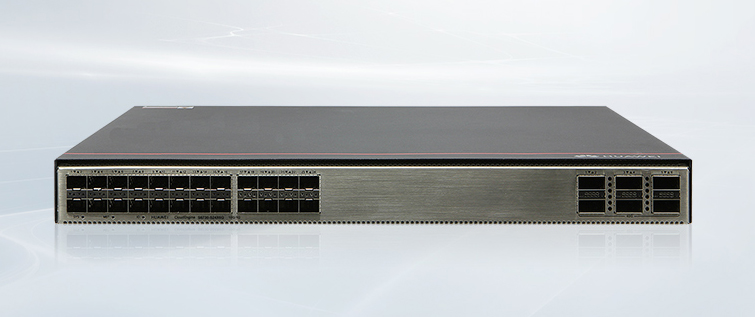


As AI adoption accelerates across industries, businesses face an undeniable truth - AI is only as powerful as the data that fuels it. Totruly harness AI's potential, organizations must effectively manage, store,andprocess high-scale data while ensuring cost efficiency, resilience, performance and operational agility.
At CiscoSupport Case Management -IT, we confronted this challenge head-on. Our team deliversacentralized IT platform that manages the entire lifecycle of Cisco product and service cases. Our mission is to provide customers withthe fastest and most effective case resolution, leveraging best-in-class technologies and AI-driven automation. We achieve this while maintaining a platform that is highly scalable, highly available, andcost-efficient. To deliver the best possible customer experience, we must efficiently store and process massive volumes of growing data. This data fuels and trains our AI models, which power critical automation solutions to deliver faster and more accurate resolutions.Our biggest challenge was striking the right balance between building ahighly scalable and reliabledatabasecluster while ensuringcost and operational efficiency.
Traditional approaches to high availability often rely on separate clusters per datacenter, leading to significant costs, not just for the initial setup but to maintain and manage the data replication process and high availability. However, AI workloads demand real-time data access, rapid processing, and uninterrupted availability, something legacy architectures struggle to deliver.
So, how do you architect a multi-datacenterinfrastructure that can persist and process massive data to support AI and data-intensive workloads, all while keeping operational costs low? That's exactly the challenge our team set out to solve.
In this blog, we'll explore how we built an intelligent, scalable, and AI-ready data infrastructure that enables real-time decision-making, optimizes resourceutilization, reduces costs and redefines operational efficiency.
In today's AI-driven world, customer support is no longer just about resolving cases, it's about continuously learning and automating to make resolution faster and better while efficiently handling the cost and operational agility.
The same rich dataset that powers case management must also fuel AI models and automation workflows, reducing case resolution time from hours or days to mere minutes, which helps in increased customer satisfaction.
This created a fundamental challenge:decoupling the primary databasethat serves mainstream case management transactional system from an AI-ready, search-friendly database, a necessity for scaling automation without overburdening the core platform. While the idea made perfect sense, it introduced two major concerns: cost and scalability. As AI workloads grow, so does the amount of data. Managing this ever-expanding dataset while ensuring high performance, resilience, and minimal manual intervention during outages required an entirely new approach.
Rather than following the traditional model of deploying separate databaseclusters per data center for high availability, we took a bold step toward building asingle stretched database cluster spanning multiple data centers. This architecture not only optimized resource utilization and reduced both initial and maintenance costs but also ensured seamless data availability.
By rethinking traditional indexdatabase infrastructure models, we redefined AI-powered automation for Cisco case management, paving the way for faster, smarter, and more cost-effective support solutions.
Building a multi-data center modernindex database cluster required a robust technological foundation, capable of handlinghigh-scale data processing,ultra-low latency for faster data replication, and careful design approach to build a fault-tolerance to support high availabilitywithout compromisingperformance, or cost-efficiency.
A key challenge in stretching anindex database cluster across multiple data centersisnetwork performance. Traditionalhigh availability architectures rely onseparate clusters per data center, often struggling withdata replication, latency, and synchronization bottlenecks. To begin with,we conducted adetailed network assessment across our Cisco data centers focusing on:
Cisco's high-performance data center networking laida strongfoundation for building the multi-data center stretch single database cluster.The latency and bandwidth provided by Cisco data centers exceededour expectation to confidently moveon to the next step of designing a stretch cluster. Our implementationleveraged:
The Cisco data center and networking technology made this possible. It empowered Cisco IT to take this idea forward and enabled us to build this successful cluster which saves significant costs and provides high operational efficiency.
With the right network infrastructure in place, we set out to build a highly available, scalable, and AI-optimized database cluster spanning multiple data centers.

 Cisco multi-data center stretch Index database cluster
Cisco multi-data center stretch Index database cluster
By implementing these AI-focused optimizations, we ensured that the case management system could power automation at scale, reduce resolution time, and maintain resilience and efficiency. The results were realized quickly.
By rethinking traditional high availability strategies and leveraging Cisco's cutting-edge data center technology, we created a next-gen case management platform-one that's smarter, faster, and AI-driven.
Additional resources:
 Hot Tags :
Cisco on Cisco
AI-ready data center
Cisco Support Case Management
Hot Tags :
Cisco on Cisco
AI-ready data center
Cisco Support Case Management